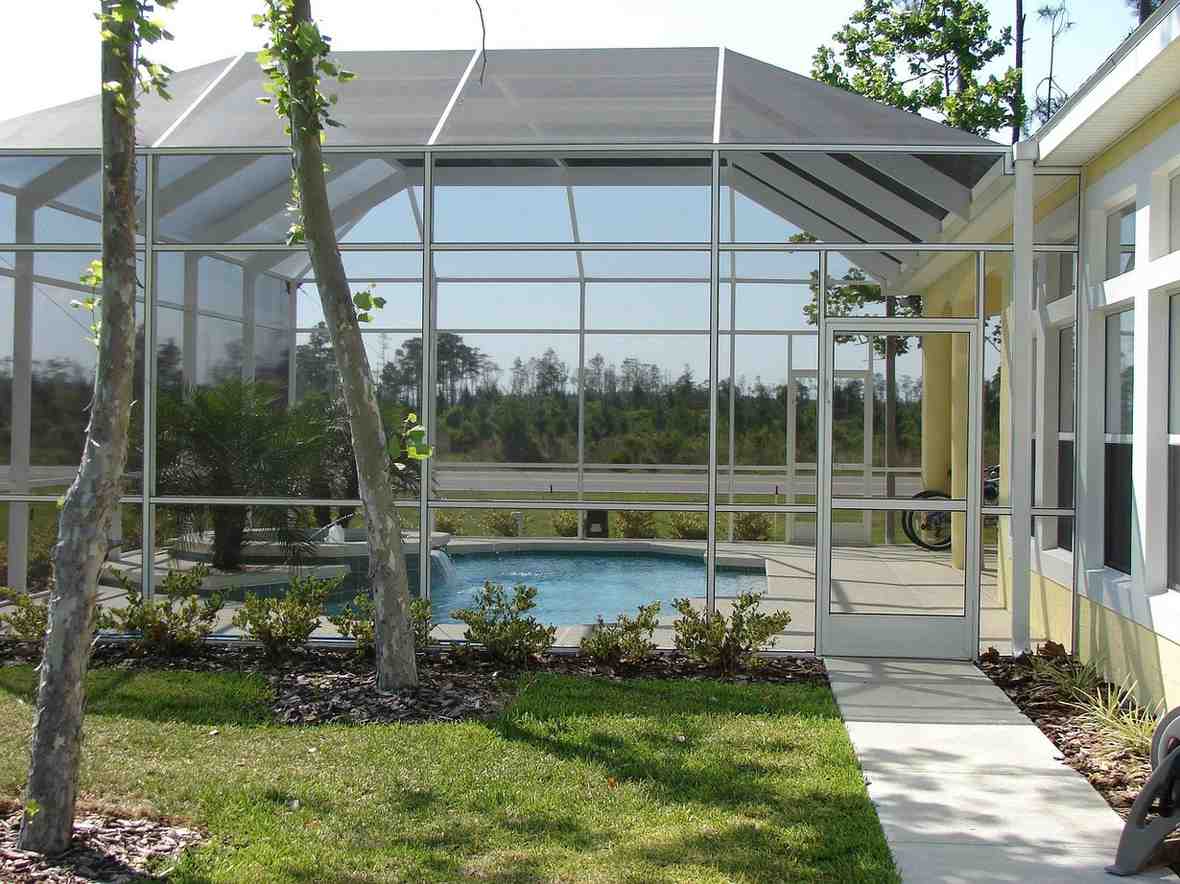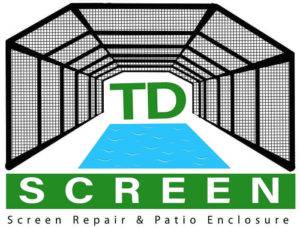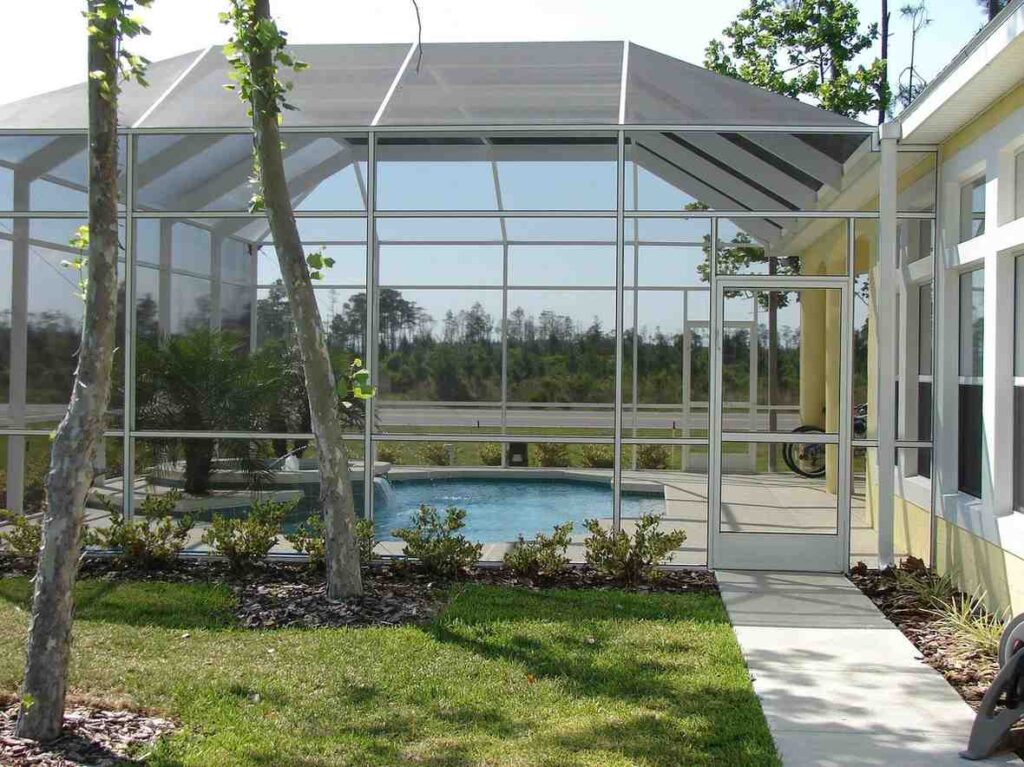Imagine transforming your outdoor space into a serene retreat that offers comfort and protection from the elements all year round. Patio enclosure screens are more than just functional—they’re a gateway to enjoying your patio in any weather while keeping pesky insects at bay. Whether you’re hosting lively gatherings, enjoying quiet evenings with a book, or simply soaking up the sun, the right screen can elevate your outdoor experience. In this ultimate guide, we’ll explore various styles, materials, and installation options for patio enclosure screens that perfectly blend aesthetics and practicality. Get ready to create an inviting sanctuary that enhances your lifestyle and adds value to your home. Let’s dive in and discover how you can turn your patio into a dreamy escape—all while safeguarding your space from the unpredictability of nature.
Benefits of Installing Patio Enclosure Screens

Transforming your patio with enclosure screens brings a multitude of benefits that enhance both the functionality and aesthetic appeal of your outdoor space. First and foremost, patio screens provide an excellent barrier against insects, allowing you to enjoy the outdoors without the nuisance of mosquitoes, flies, and other pests. This means you can host evening gatherings, dine alfresco, or simply unwind without the constant need for insect repellent or citronella candles. By creating a bug-free environment, patio screens significantly improve the overall comfort and usability of your patio area.
In addition to insect protection, patio enclosure screens offer substantial protection from the elements. They act as a shield against harsh sunlight, excessive rain, and strong winds, making your patio a versatile space that can be enjoyed regardless of the weather. This weather resistance extends the usability of your outdoor area throughout different seasons, providing a sheltered space where you can relax, entertain, or even work from home. The added layer of protection also helps prevent outdoor furniture and decor from weather-related wear and tear, thereby prolonging their lifespan.
Another significant benefit of patio enclosure screens is the increased privacy they afford. Depending on the material and design you choose, these screens can provide a sense of seclusion from neighboring properties. This added privacy allows you to fully relax and use your outdoor space without feeling exposed to the surroundings. With the right patio screen, you can create a personal oasis tailored to your lifestyle, offering a tranquil retreat from the hustle and bustle of daily life.
Types of Patio Enclosure Screens
When it comes to patio enclosure screens, there are a variety of types available, each suited to different needs and preferences. One popular option is fixed screens, which are permanently installed to provide a consistent level of protection and privacy. Fixed screens are ideal for homeowners who want a long-term solution that requires minimal maintenance. These screens are typically built with durable materials that can withstand various weather conditions, ensuring lasting performance.
Retractable screens offer a more flexible solution, allowing you to adjust the level of enclosure based on your needs. These screens can be rolled up or down, giving you control over how much exposure or protection you want at any given time. Retractable screens are perfect for those who want the option to open up their patio fully on pleasant days and secure it against insects or weather when necessary. They are available in manual and motorized options, providing convenient operation to suit different preferences.
Motorized screens take convenience to the next level by allowing you to control your patio enclosure with the push of a button. These screens can be integrated with smart home systems for automated operation, adding a modern touch to your outdoor space. Motorized screens are ideal for tech-savvy homeowners who appreciate the ease of automated systems and want to enhance their outdoor living experience with the latest technology. Whether you prefer fixed, retractable, or motorized screens, each type offers unique advantages to cater to various lifestyle needs.
Choosing the Right Material for Your Patio Screens
Selecting the right material for your patio screens is crucial to ensuring their durability, functionality, and aesthetic appeal. One common material used for patio screens is fiberglass, known for its durability and resistance to damage from the elements. Fiberglass screens are lightweight, easy to install, and offer excellent visibility, making them a popular choice for homeowners seeking a practical and long-lasting solution. Additionally, fiberglass screens do not easily dent or corrode, ensuring they remain effective over time.
Aluminum screens are another popular option, valued for their strength and resistance to rust and corrosion. These screens are particularly suitable for areas with high humidity or frequent rain, as they can withstand harsh weather conditions without deteriorating. Aluminum screens are also relatively low-maintenance, requiring only occasional cleaning to keep them looking and functioning their best. Their sturdy construction makes them a reliable choice for long-term use, providing consistent protection and privacy.
For those seeking a more luxurious and aesthetically pleasing option, bronze screens offer a sophisticated look while still providing excellent protection. Bronze screens are known for their elegant appearance, adding a touch of refinement to your patio space. While they may be more expensive than other materials, their durability and timeless appeal make them a worthwhile investment. Bronze screens develop a beautiful patina over time, enhancing their visual appeal and adding character to your outdoor area.
Factors to Consider Before Installation
Before installing patio enclosure screens, it’s important to consider several factors to ensure you make the best choice for your needs. One of the primary considerations is the climate in your area. If you live in a region with extreme weather conditions, such as high winds or heavy rainfall, you’ll need screens that can withstand these elements without compromising their integrity. Choosing a durable material and a sturdy design will help ensure your screens remain effective and functional in all weather conditions.
Another key factor to consider is the level of privacy you desire. Different screen materials and designs offer varying levels of visibility and seclusion. If privacy is a top priority, opt for screens that provide a more opaque barrier, such as those made from thicker materials or with tighter weaves. On the other hand, if you prefer to maintain a view of your surroundings while still enjoying protection from insects and the elements, choose screens that offer a balance of visibility and privacy.
The size and layout of your patio space also play a significant role in the type of screens you should choose. Measure your patio area accurately to determine the dimensions of the screens you need. Consider any existing structures, such as columns or railings, that may impact the installation process. Additionally, think about how the screens will integrate with your overall outdoor design. Selecting screens that complement your existing decor and architectural style will help create a cohesive and visually appealing outdoor space.
DIY vs. Professional Installation
When it comes to installing patio enclosure screens, you have the option of tackling the project yourself or hiring a professional. DIY installation can be a cost-effective solution for those who are handy and have experience with home improvement projects. Many screen kits come with detailed instructions and all the necessary hardware, making it relatively straightforward to install the screens on your own. DIY installation allows you to have full control over the process and can be a rewarding experience for those who enjoy working with their hands.
However, professional installation offers several advantages, particularly for those who lack the time, tools, or expertise required for a successful DIY project. Professional installers have the experience and knowledge to ensure that your patio screens are installed correctly and securely. They can handle any challenges that may arise during the installation process, such as uneven surfaces or complex layouts. Hiring a professional can provide peace of mind, knowing that the job will be done right the first time, with minimal disruption to your daily routine.
Additionally, professional installation often comes with a warranty or guarantee, providing added protection and assurance. This can be particularly valuable in the event of any issues or repairs needed in the future. While professional installation may come at a higher cost, the investment can be well worth it for the quality of work and the convenience it offers. Ultimately, the choice between DIY and professional installation will depend on your budget, skill level, and personal preferences.
Maintenance Tips for Patio Enclosure Screens
To keep your patio enclosure screens looking and functioning their best, regular maintenance is essential. One of the simplest yet most effective maintenance tasks is regular cleaning. Depending on the material of your screens, use a mild soap and water solution to gently clean the surface, removing any dirt, dust, or debris that has accumulated. Avoid using harsh chemicals or abrasive tools, as these can damage the screen material and reduce its effectiveness.
Inspecting your screens periodically for any signs of damage or wear is also important. Look for any tears, holes, or loose areas that may need repair. Addressing minor issues promptly can prevent them from becoming larger problems that require more extensive repairs or replacement. If you notice any significant damage, such as bent frames or severely torn screens, it may be best to consult a professional for repairs to ensure the integrity of the enclosure.
Lubricating any moving parts, such as hinges or tracks on retractable screens, can help maintain smooth operation and prevent rust or corrosion. Use a silicone-based lubricant to keep these components functioning properly without attracting dirt or grime. Additionally, during extreme weather conditions, such as storms or high winds, it’s advisable to secure or retract the screens to prevent damage. Taking these proactive steps will help ensure your patio enclosure screens remain in top condition and provide lasting protection and enjoyment.
Enhancing Your Outdoor Space with Design Ideas
Transforming your patio with enclosure screens opens up a world of design possibilities to create a personalized and inviting outdoor space. One popular design idea is to incorporate comfortable seating and outdoor furniture that complements the style of your screens. Choose weather-resistant materials and cushions in coordinating colors to create a cohesive look. Adding a variety of seating options, such as lounge chairs, sofas, and dining sets, can make your patio versatile for different activities and gatherings.
Incorporating plants and greenery can enhance the natural beauty of your enclosed patio. Consider adding potted plants, hanging baskets, or a vertical garden to bring a touch of nature into your space. Select plants that thrive in your climate and require minimal maintenance to keep your patio looking lush and vibrant. Adding a few statement plants or trees can also create focal points and add visual interest to your outdoor area.
Lighting is another crucial element in enhancing your patio space. Choose a mix of ambient, task, and accent lighting to create a warm and inviting atmosphere. String lights, lanterns, and LED candles can add a cozy and romantic touch, while solar-powered lights can provide practical and eco-friendly illumination. Installing dimmable lights allows you to adjust the brightness based on the occasion and create the perfect ambiance for any time of day or night.
Cost Analysis: Budgeting for Your Patio Enclosure
Budgeting for your patio enclosure screens involves considering several factors, including the type of screens, materials, and installation costs. Fixed screens tend to be more affordable than retractable or motorized options, with prices varying based on the material and size of the screens. Fiberglass screens are generally the most budget-friendly, while bronze and high-end aluminum screens can be more expensive. When planning your budget, consider the long-term durability and maintenance costs of each material to ensure you make a cost-effective choice.
Installation costs can also vary significantly depending on whether you choose DIY or professional installation. DIY installation can save you money on labor costs, but it’s important to factor in the time and tools needed to complete the project. If you opt for professional installation, obtain quotes from multiple contractors to compare pricing and services. Keep in mind that professional installation can provide added benefits, such as warranties and expert workmanship, which can be valuable in the long run.
Additional costs to consider include any upgrades or enhancements you may want to add to your patio enclosure. This can include custom designs, integrated lighting, or advanced features such as motorized operation. Factor in these potential expenses when planning your budget to ensure you create a patio enclosure that meets your needs and preferences without exceeding your financial limits. By carefully considering all costs and options, you can create a beautiful and functional patio enclosure that adds value and enjoyment to your home.
Conclusion and Next Steps
Transforming your outdoor space with patio enclosure screens is a worthwhile investment that brings numerous benefits, from increased comfort and protection to enhanced privacy and aesthetic appeal. By understanding the different types of screens, materials, and installation options available, you can make informed decisions that suit your lifestyle and budget. Whether you choose to tackle the project yourself or hire a professional, proper installation and regular maintenance will ensure your screens provide lasting performance and enjoyment.
As you plan your patio enclosure project, take the time to consider your specific needs and preferences. Think about the climate in your area, the level of privacy you desire, and how the screens will integrate with your overall outdoor design. Explore different design ideas to create a personalized and inviting space that you and your guests will love. With the right planning and execution, you can transform your patio into a serene retreat that enhances your outdoor living experience.
Now that you have a comprehensive understanding of patio enclosure screens, it’s time to take the next steps. Start by measuring your patio space and setting a budget for your project. Research different screen materials and types to determine which options best meet your needs. If you decide to hire a professional, obtain quotes and read reviews to find a reputable installer. With careful planning and attention to detail, you can create a beautiful and functional patio enclosure that adds value to your home and provides a perfect outdoor sanctuary for years to come.
Ready to get started? Contact us today to discuss your patio enclosure project and let our experts guide you through the process!


